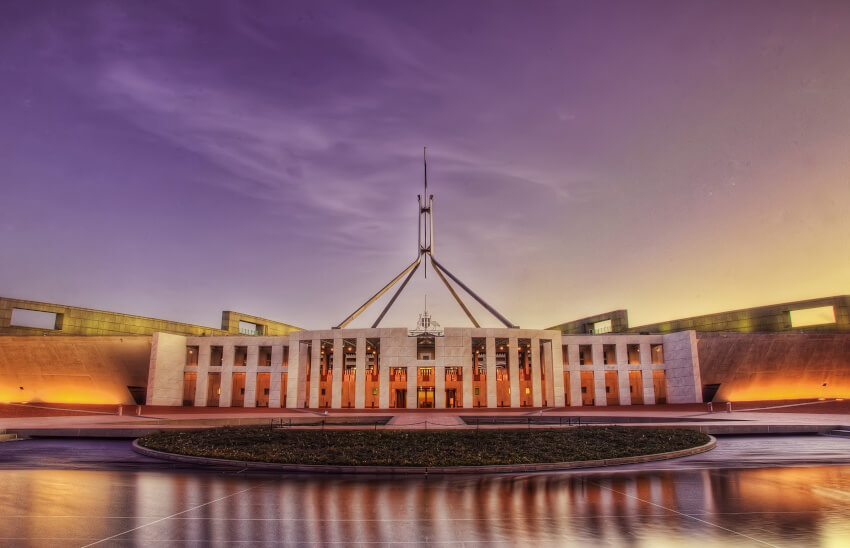You’re out of free articles for this month
Speeding through the parliamentary process with bipartisan support, the legislation provides the Treasurer with the power to make rules to provide for payments administered by the Commissioner of Taxation.
These rules, which set out the eligibility criteria and reporting obligations, were initially released by Treasury in the form of an exposure draft but have since been pulled down as of Wednesday evening.
It remains to be seen when Treasury will make the rules available on its website.
The legislation also provides the Treasurer to give extensive powers to the commissioner in order to provide flexibility to the program in the face of rapidly changing circumstances.
One particular area of discretion for the commissioner will be the application of an alternative turnover test for businesses that demonstrate there is no appropriate comparison period for the decline in turnover test.
Leading tax lawyer Clint Harding of Arnold Bloch Leibler believes the commissioner will now be pushed to provide clear guidance on the rules, particularly around the eligibility criteria when employers do not meet the decline in turnover test.
“The need for timely and clear guidance from the commissioner has arguably never been so important,” Mr Harding told Accountants Daily.
“I think providing clarity around the testing for eligibility and what additional information he will consider when determining if a business has been adversely impacted by the coronavirus will be high on the commissioner’s list for urgent guidance.
“Some guidance around the timing of that eligibility testing will also be critical.”
Likewise, TaxBanter senior tax trainer Robyn Jacobson believes the ATO will have its work cut out as it races against time to provide guidance to the profession.
“Ordinarily, it would be outrageous for legislation to be tabled, debated and passed in one day without being first released in exposure draft form to provide the profession with an opportunity to provide comment and make submissions, but we understand why this is the case,” Ms Jacobson said.
“Clearly, the legislative framework will be put in place as quickly as possible by Parliament, but it provides the ATO with a very small window in which to get their head around the rules and provide the necessary guidance to practitioners.”
CPA Australia’s Paul Drum said the professional bodies would now work closely with the Treasurer and the ATO on the delivery phase of the JobKeeper program.
“In these unprecedented times, the legislation introduces wide-ranging powers for both the Treasurer and the Tax Commissioner,” Mr Drum said.
“The Treasurer now has the power to determine amounts, recipients and thresholds for the scheme, and to sub-delegate the power to issue legislative or administrative instruments to the commissioner until 31 December 2020. Importantly, this will enable nuances to be fixed and for calibration where necessary.”
Contrived schemes and consequences
The legislation also makes clear that anyone who enters into or carries out a scheme for the sole or dominant purpose of obtaining a coronavirus economic response payment will face a wide range of administrative and criminal sanctions, including up to 10 years’ imprisonment.
“Inevitably, there’ll be shonks touting contrived schemes designed to exploit JobKeeper,” said Chartered Accountants Australia and New Zealand tax leader Michael Croker.
“However, the legislation empowers the commissioner to call out ‘any change in the financial position of any entity’ as part of a scheme designed to improperly pocket JobKeeper cash, and the ATO has extensive payback powers.
“The legislation has clawback rules empowering the ATO to recover overpaid amounts and target those who weren’t entitled to payments received, plus interest.”
Treasury’s simplified JobKeeper outline
The JobKeeper payment is intended to assist businesses affected by the coronavirus to cover the costs of wages of their employees.
The JobKeeper scheme starts on 30 March 2020 and ends on 27 September 2020.
A business that has suffered a substantial decline in turnover can be entitled to a JobKeeper payment of $1,500 per fortnight for each eligible employee. It is a condition of entitlement that the business has paid salary and wages of at least that amount to the employee in the fortnight.
A business can also be entitled to a JobKeeper payment of $1,500 per fortnight for one business participant who is actively engaged in operating the business.
The JobKeeper scheme is administered by the Commissioner of Taxation.
The commissioner pays the JobKeeper payment to entities shortly after the end of each calendar month, for fortnights ending in that month.
You can register your interest for the JobKeeper payment with the ATO here.
Treasury guidance and fact sheets can be accessed here.

 Login
Login







